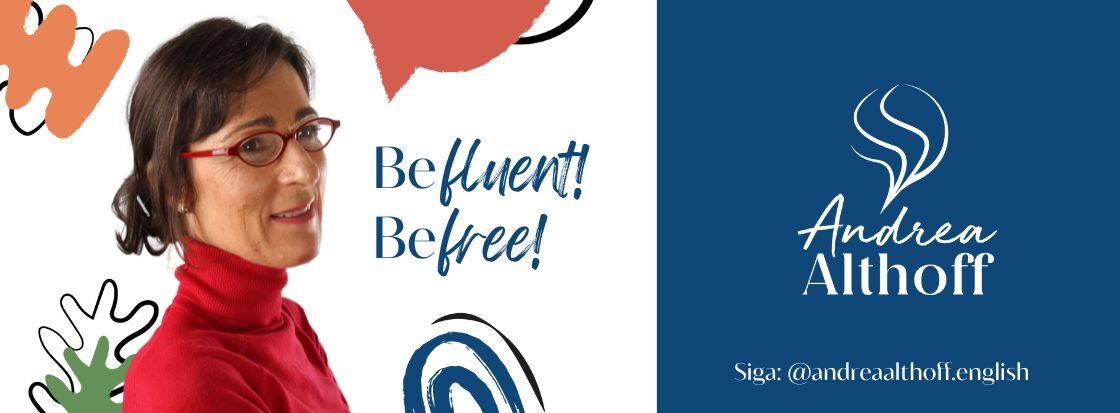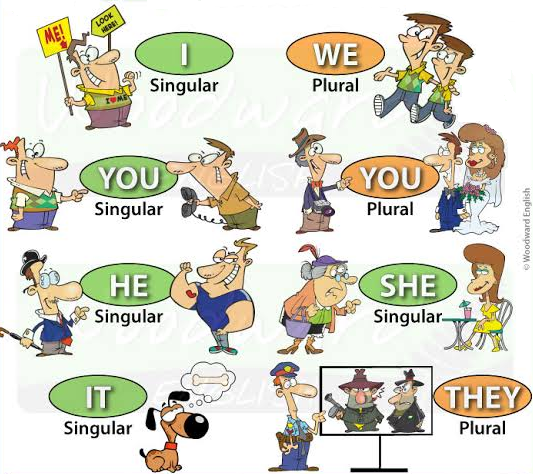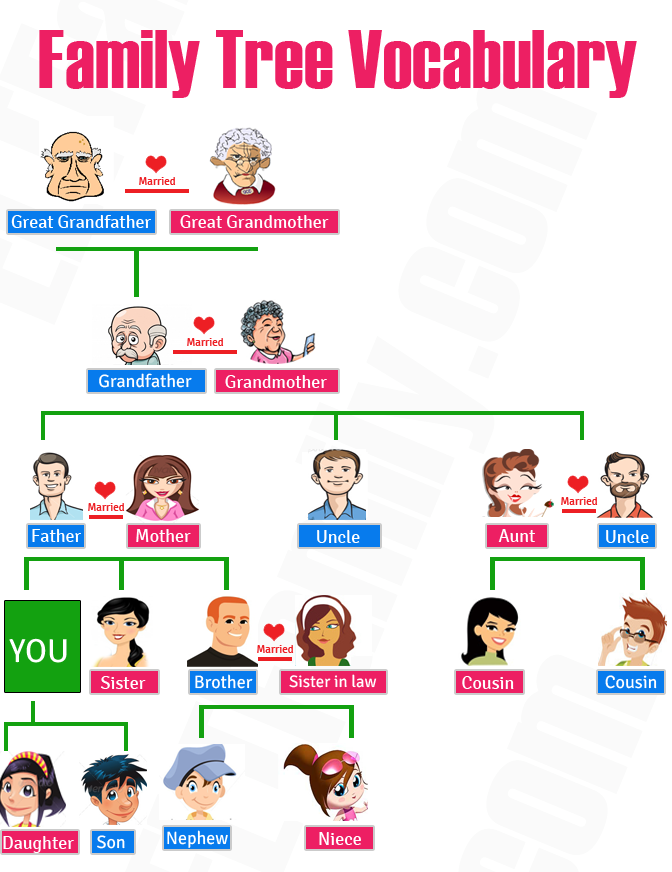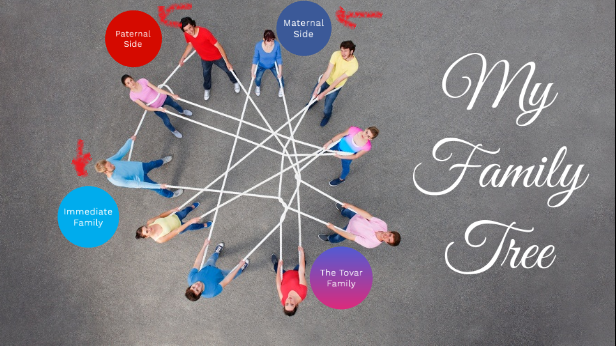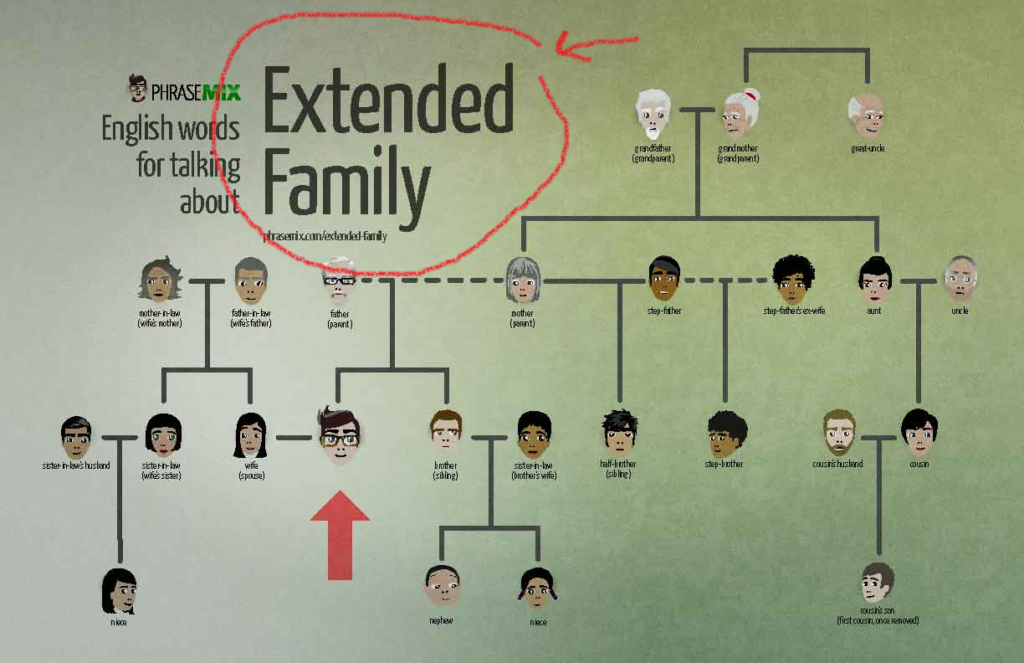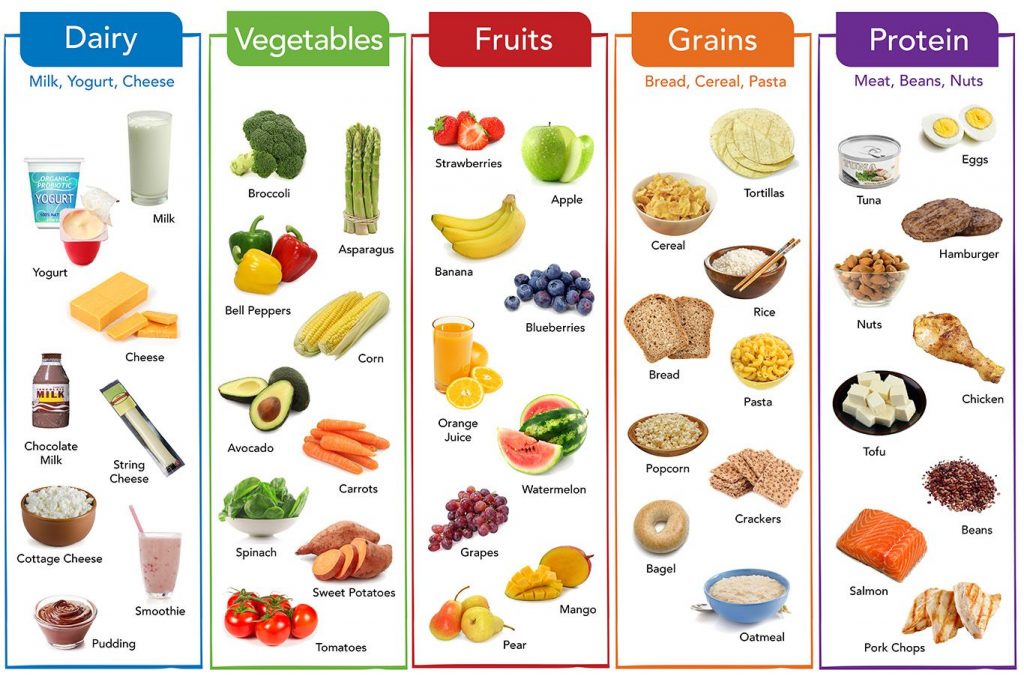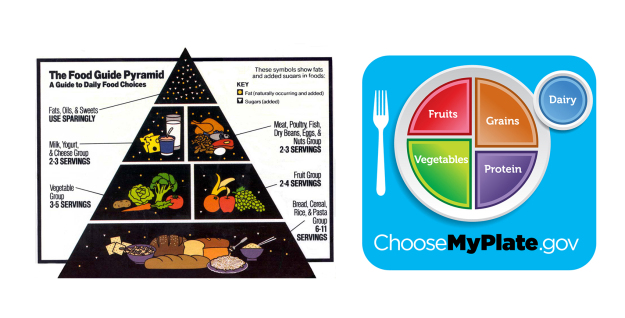
Tivemos recentemente um post que explicava os Subject pronouns, ou seja, aqueles estão no lugar de um substantivo, sujeito da sentença. Hoje daremos continuidade ao tema, vendo os Object pronouns, os pronomes que estão no lugar do objeto. Vejam alguns exemplos para que entendam melhor a diferença entre eles.
Subject pronouns:
She studied Spanish. Ela estuda espanhol.
We saw a movie last night. Nós vimos um filme ontem à noite.
Do you still like this song? Você ainda gosta dessa música?
He wants to work with the tourists. Ele quer trabalhar com os turistas.
They don’t know anything about the test. Eles não sabem nada da prova.
Agora observe os Object pronouns, pronomes usados como objeto:
She studied with him. Ela estudou com ele.
We saw them at the mall. Nós os vimos no shopping.
Do you still like her? Você ainda gosta dela?
He wants to work with her. Eles querem trabalhar com ela.
They don’t know anything about us. Eles não sabem nada sobre nós.
Observem nas frases os termos em destaque:
I think you still like Sharon. Eu acho que você ainda gosta da Sharon.
I like to go to the movies with Mike and his dad. Eu gosto de ir ao cinema com o Mike e o pai dele.
Chris is talking to the waiter. O Chris está falando com o garçom.
James will study with my friends and me. O James vai estudar com os meus amigos e comigo.
I forgot to bring your book. Eu esqueci de trazer seu livro.
Agora, percebam quais os pronomes que usamos para substituir o trecho destacado de cada um dos exemplos:
I think you still like her. Eu acho que você ainda gosta dela.
I like to go to the movies with them. Eu gosto de ir ao cinema com eles.
Chris is talking to him. O Chris está falando com ele.
James will study with us. O James vai estudar conosco.
I forgot to bring it. Eu esqueci de trazê-lo.
Por hoje é só. No próximo post vocês poderão praticar através dos exercícios. 😉
http://blog.influx.com.br/2015/02/17/pronomes-em-ingles-parte-ii/
